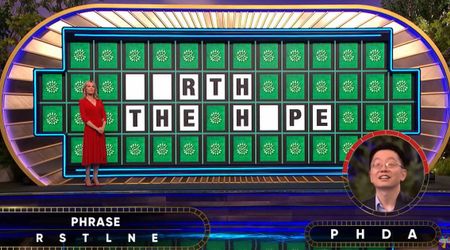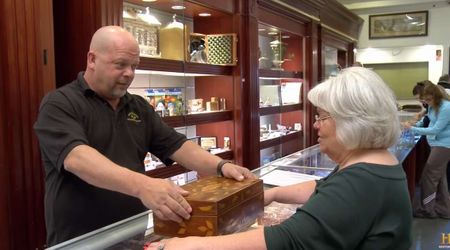Uber Eats Innovates With Food Deliveries by Introducing Self-Driving Robots in Japan

With the emergence of digital apps and stores, the dining landscape has evolved. With the increasing and changing demands of the customers, restaurants are innovating new ways that can entice them and make them order from them regularly. Food delivery robots are a new concept that companies such as Starship, Bolt Food, and now Uber Eats are testing. The companies have the notion that a robot will deliver food orders to the customers' doors. Some robots can walk and others are even leveraging the technology of rolling on wheels or flying through the air. Smart technologies such as artificial intelligence (AI), robotics, ultrasonic sensors, drones, and advanced logistics can make these fancy deliveries possible. Let's delve into the astonishing decision made by Uber Eats to start its food delivery robots in Japan.

Introducing the Uber Eats self-delivery robots
Uber Eats, an app through which thousands of people order food and get it delivered, has made a huge announcement of introducing its self-delivery robots. Following the decision, the company joined hands with Mitsubishi Electric and a robotics delivery company Cartken to initiate this model from Japan. Uber Eats mentioned in a statement, "Japan will be the first international site of its autonomous delivery operations, which have so far been limited to a few cities in the United States." Its sidewalk robot deliveries are expected to commence by the end of March 2024 and they are experimenting in a small area of Tokyo. As a result of this collaboration, robots are completing their food deliveries in Miami and Fairfax, Virginia.
For Uber Eats, the company Cartken has developed a Model C robot using AI which can further figure out the directions and also complement the human walking speed. Additionally, Mitsubishi Electric will be supervising the operational business unit. Cartken's co-founder and COO, Anjali Jindal Naik made a strong statement by saying, “This collaboration signifies a leap forward in redefining the future of food delivery, making it more accessible and sustainable to consumers in Japan." Moreover, Uber Eats is focusing on transforming the delivery experience by introducing autonomous delivery in other US cities for which it is working with Motional, Nuro, and Serve Robotics.
Understanding the food delivery robots' mechanics
Some of us have been to restaurants where food is served by robots, but have you ever thought about getting food delivered by robots on the streets? It is now possible and many companies are innovating their ways. A food delivery robot works on ultrasonic sensors and cameras. But how many and which technology to utilize depends upon the company making these robots. As far as the software is concerned, these robots are integrated with high-tech GPS which helps them to map out their routes and other information. The robots are designed in such a way that they understand basic human reflexes such as traffic signals and other motions. They also select the shortest routes, just like human delivery agents do. But there are some challenges to this, as after all, it is a robot. It can clash with barricades and face problems navigating crowded areas, construction, and potholes. For this, a human operator has to interfere and take control of the robot from a remote setting.

Some of the benefits of delivering food through robots are cost savings, eco-friendliness, augmented experience, and high speed and efficiency. Besides food delivery, the robots are being used to deliver other items as well. Many companies are making use of this technology to benefit their business as well as enhance the customer's experience, for example, Amazon, Eliport, FedEx, Kiwibot, Cleveron, Savioke, Boston Dynamics, Aethon, and Udelv.























